Have you ever been in a flat, uninspiring learning environment that looked and felt like this?

Have you ever been in a fun and stimulating learning environment that looked more like this?

A place where you were excited to be there and didn’t even notice how much you were learning?
Use the BOPPPS model to facilitate engaging and effective learning!
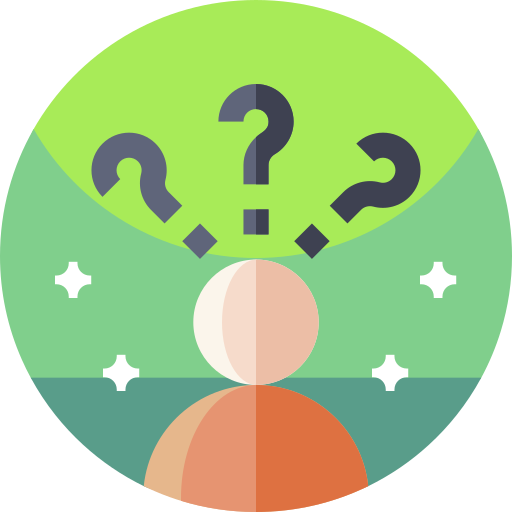
BOPPPSis an acronym that stands for:
Bridge-In (or Hook)
Learning Objective (or Outcome)
Pre-Assessment
Participatory Activity
Post-Assessment
Summary
BOPPPS is a flexible way to design lessons that hook people in, let them know what they'll learn, find out what they already know, get them involved, and reinforce their learning!
1. Bridge-In
The bridge-in (or hook) begins the learning cycle and grabs the learner's attention.
 Educators:
Educators:
Gain learner's attention
Build motivation
Establish relevance
Learners find out:
What's in it for me?
Why does this matter?
Why should I learn this?
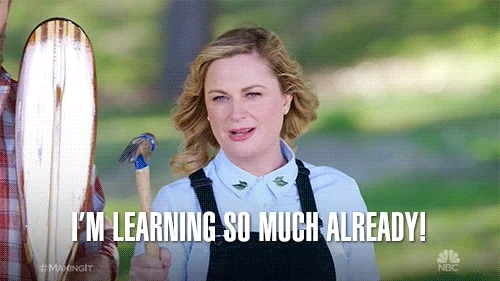
Examples:
Showing a video clip
Bringing in a relevant recent news story
Offering a related personal story
2. Learning Objective
The learning objective tells learners what they should know, think, value, or do by the end of the lesson.
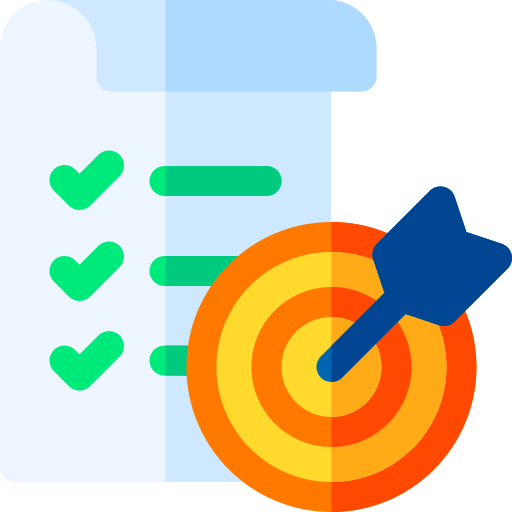 Educators:
Educators:
Clarify what learners will get from the lesson
Focus on outcomes when planning the lesson
Learners find out:
What's expected of me?

Example:
By the end of this Byte, learners will understand the 6 steps of the BOPPPS model for lesson planning.
3. Pre-Assessment
This step answers the question: "What do learners already know about the subject of the lesson?"

Educators find out:
What learners already know
What learners are most interested in
Which learners can be a resource for others
If the pace of learning needs adjustment
Learners:
Gain confidence by recalling prior knowledge
Assess their strengths and areas for improvement

Examples:
A survey or self-assessment worksheet
A show of hands to gauge the room
A group discussion on the topic
4. Participatory Activity
The main part of a lesson help learners achieve the learning objective by getting them involved in an activity.
 Educators:
Educators:
Plan an activity
Communicate expectations
Assist during the activity to help learners
Learners:
Become actively involved
Test and explore ideas and make connections
Improve understanding and deepen learning

Examples:
A role-playing exercise
A case study to prompt small group discussions
Think-pair-share to brainstorm ideas
5. Post-Assessment
Follow up the activity to see if participants can show they've achieved the learning objective.
 Educators find out:
Educators find out:
What did participants really learn?
Can they demonstrate what they learned?
Learners find out:
Whether or not they achieved the learning objective
Gaps in their knowledge and understanding

Examples:
A follow-up survey
An exit survey so participants can write down the top 3 things they learned
In a group discussion, ask learners to connect the lesson to current events
6. Summary
Wraps up the lessons and ends the session. The summary can also be used to fit the learning objective into broader learning goals.
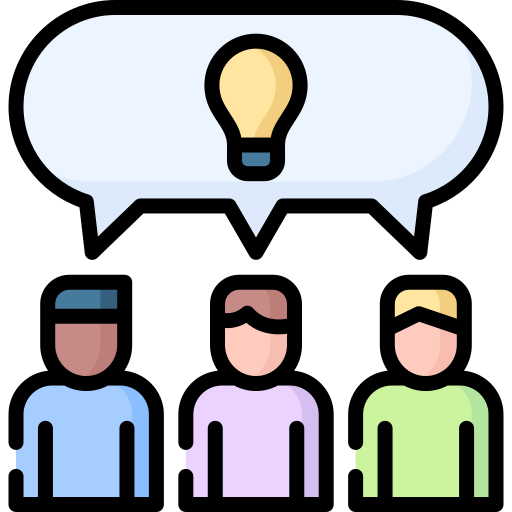
Educators:
Re-state the learning objective
Summarize what was done in the lesson
Reinforce what was learned
Learners:
Reflect on whether they achieved the learning objective
Review lesson material to reinforce key ideas
Understand how the lesson fits into the bigger picture

Example:
You have learned the 6 steps of the BOPPPS model and are now ready to try it out for yourself!
Quiz: Getting Started
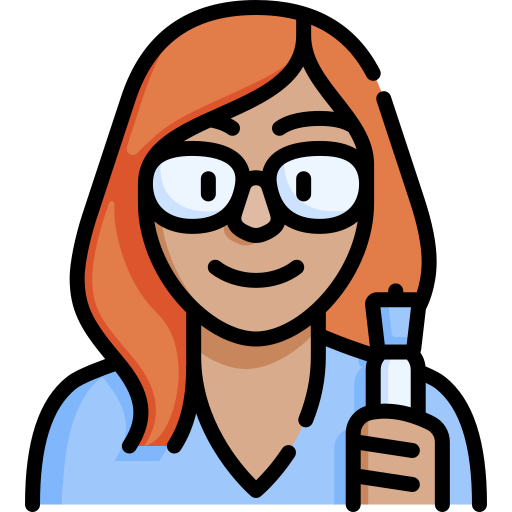
Meet Alex. She is a teacher planning her week using the BOPPPS model.
She wants to start by planning the core of the lesson and then build the rest around that step. Her priority is getting students engaged and involved in their learning.
Quiz
What could Alex plan first?
Take Action

Your feedback matters to us.
This Byte helped me better understand the topic.
